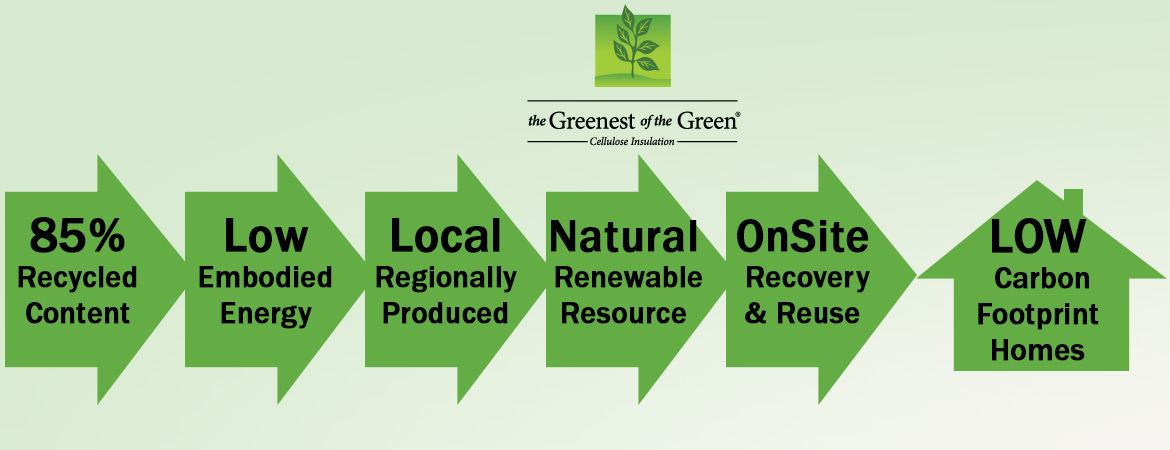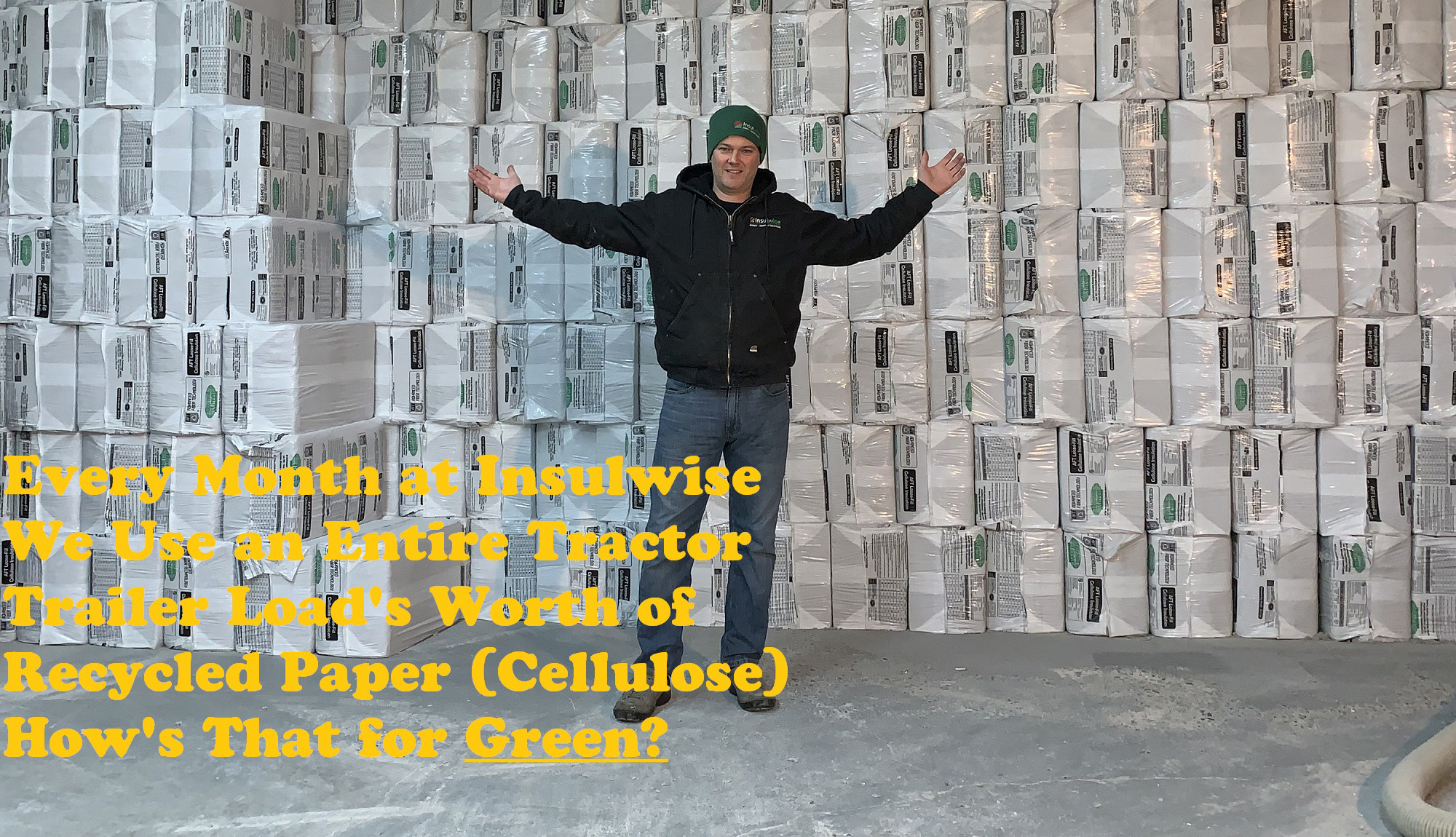Sustainability

Insulwise was started in 2008 because there was an opportunity in the Pittsburgh area to provide homeowners with a building-science based, best practice solution for air sealing and re-insulating their existing homes. But it was also started because it was recognized by the owner, Andy Haak, that properly air sealing and insulating an existing home is among the best things a homeowner can ever do for the planet. Why is this?
According to the US Energy Information Association (EIS), about 61% of the energy used by homes in the Pittsburgh area goes to heating and cooling needs (scroll down to page 13 of the report, Pittsburgh falls into the cold/ very cold region). That is because many of our homes here tend to be on the older side, but also because we have both hot, humid summers and cold winters.
The point here is that air sealing and re-insulating your existing home can dramatically improve its energy efficiency. Insulwise’s work regularly reduces heating and cooling costs by 25-50%. So when it comes to how improving your home’s insulation can reduce your carbon footprint, you’ll likely end up using 25-50% less natural gas and electricity to heat and cool your home!
Other Measures of Sustainability
In addition to our insulation measures dramatically reducing the amount of energy required to heat and cool your home, Insulwise also uses cellulose insulation as our predominant blown-in insulation material. Why is that significant? Cellulose insulation is made from 80-85% recycled paper. So not only does this divert a massive waste stream from going to landfill, but manufacturing cellulose insulation also requires about 80% less energy than manufacturing fiberglass insulation. This means cellulose insulation has about 80% less embodied energy in it than fiberglass insulation.

An additional consideration with cellulose insulation is that it comes from plants. The trees that paper is created from, originally “made” themselves by using photosynthesis to convert carbon dioxide in the atmosphere into wood fiber. The wood fiber then gets converted into paper, and that paper then into cellulose insulation. We then we use that cellulose insulation in your home. It’s kind of a lot to think about, but that is the root of cellulose insulation’s unique “sustainability.”
So how much cellulose insulation will Insulwise often use in a home? Quite often 2,000 – 4,000 of pounds of the stuff! A huge side benefit of insulating your home with cellulose insulation is that you will sequester several thousand pounds of carbon dioxide, essentially making your home a permanent “carbon sink.” This is a substantial, and underappreciated environmental benefit of using cellulose insulation. When contrasted with blown fiberglass, with its sub-par insulating performance and huge carbon footprint (during its manufacture), there is simply no comparison; cellulose insulation is clearly superior.
What About Clean Power?
For customers that would like to use clean energy sources for their electricity, we recommend signing up with Clean Choice Energy. This is a great company that some of us here have been using for years. You’ll have the option to purchase either 100% solar, or 99% wind energy with 1% solar. Last time I checked their rates were surprisingly close, if not cheaper than our existing electric rates here in Pittsburgh. So why not switch to electrifying your home with 100% clean energy?!
Of course, you can always install solar panels on your roof, but in many cases that incurs a substantial upfront cost.

 Two Story Colonial Home
Two Story Colonial Home 1950’s Ranch Style Home
1950’s Ranch Style Home Two Story Contemporary Home
Two Story Contemporary Home Modern Patio Home
Modern Patio Home Three Story Home
Three Story Home Cape Cod Home
Cape Cod Home Attic Insulation
Attic Insulation Floor Insulation (Garage Ceiling)
Floor Insulation (Garage Ceiling) Wall Insulation
Wall Insulation Basement Insulation
Basement Insulation Air Leak Sealing
Air Leak Sealing
